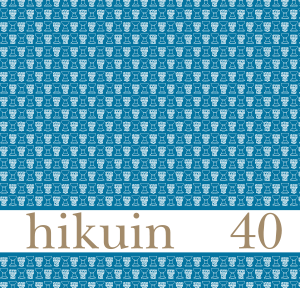Gravminner som oppfordring til forbønn
Resumé
Funerary effigys as invitations for prayers of indulgence
By Morten Stige
In the early middleages most Christian funerary monuments were depicting crosses or vegetative scrolls to symbolise the Christian identity of the deceased. Corresponding with the growing importance of the concept of purgatory during the thirteenth century the effigy and the full figure grave slab became widespread in the funerary art. There came a new need to be remembered as an individual to become the object of prayers of indulgence. During the coming centuries there was a development of funerary monuments which became increasingly rhetorically effective in getting attention and entice the beholder to act. The performative approach is rewarding as it seems to correspond to the intentions of the patrons behind the grave monuments. Through the depictions of the deceased in the act of prayer and added texts which either ask directly for the prayer of the beholder, reminds him of a prayer as a good act or even in some cases gives a number of days in indulgence to whom prays for the diseased, the grave monument strongly encourages the act of praying. Another group of grave slabs can be understood as performative in them selves as they depict the deceased in the act of praying to one or more of his patron saints, with a textband praying that the saint as a mediator in turn will pray for his soul. Thus an eternal prayer is constructed, similar to the Buddhist prayer wheel.
Referencer
Binski, Paul: Medieval Death. Ritual and Representation, London 1996.
Bugge, Anders: ”Vore gamle gravminder”, Foreningen til Norske Fortidsminnesmerkers Bevaring Årsberetning 1924, Oslo 1926, s 1-98.
Daniell, Christopher: Death and Burial in Medieval England 1066- 1550, London 1997.
Ekroll, Øystein: Her hvilir… Nidarosdomens gravsteinsutstilling, Trondheim 2001.
Ekroll, Øystein: “Commenda me Prece Cristo”, Memento Mori. Døden i middelalderens billedverden, red. Lena Liepe & Kristin B. Aavitsland, Oslo 2011, s. 42-63.
Gardell, Sölve: Gravmonument från Sveriges medeltid, bd. 2, Stockholm 1945.
Greenhill, F. A.: Incised Effigial Slabs. A Study of Engraved Stone Memorials in Latin Christendom, c. 1100 to c. 1700 I-II, London 1976.
(KHLNM) Kulturhistorisk Leksikon for Nordisk Middelalder, København 1956-1978.
Le Goff, Jacques: The Birth of Purgatory, Chicago 1984.
Nicolaysen, N: ”Hovedø kloster og dets ruiner”, Bilag til Foreningen til Norske Fortidsminnesmerkers Bevaring Årsberetning 1890, Kristiania 1891.
Svanberg, Jan: ”Drotning Katarinas gravvård från Gudhem klosterkyrka”, Gudhem kloster, Skara 2009
Syrett, Martin: The Roman-alphabet inscriptions of medieval Trondheim, Trondheim 2002.
Downloads
Publiceret
Citation/Eksport
Nummer
Sektion
Licens
Forfatter og Forlag.





